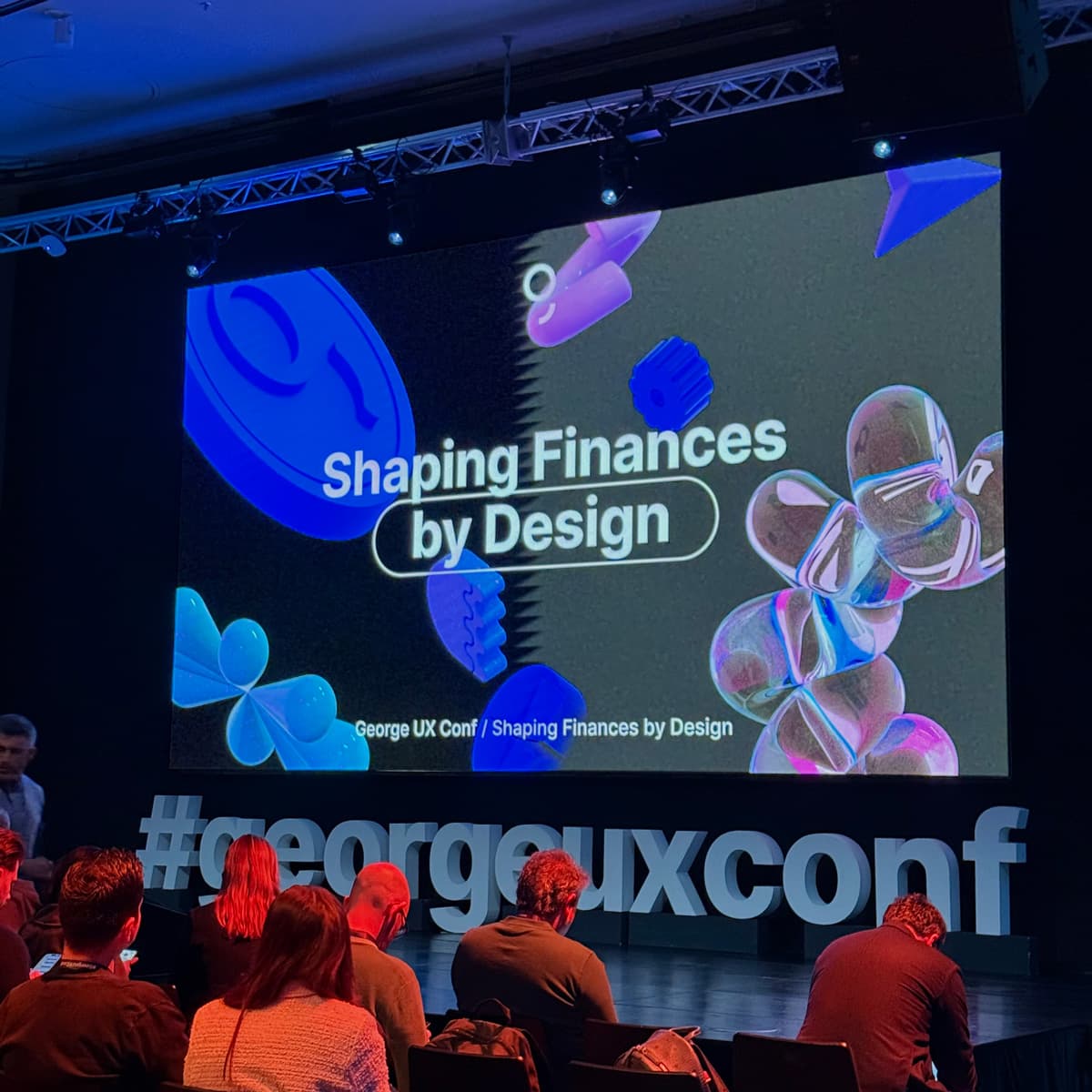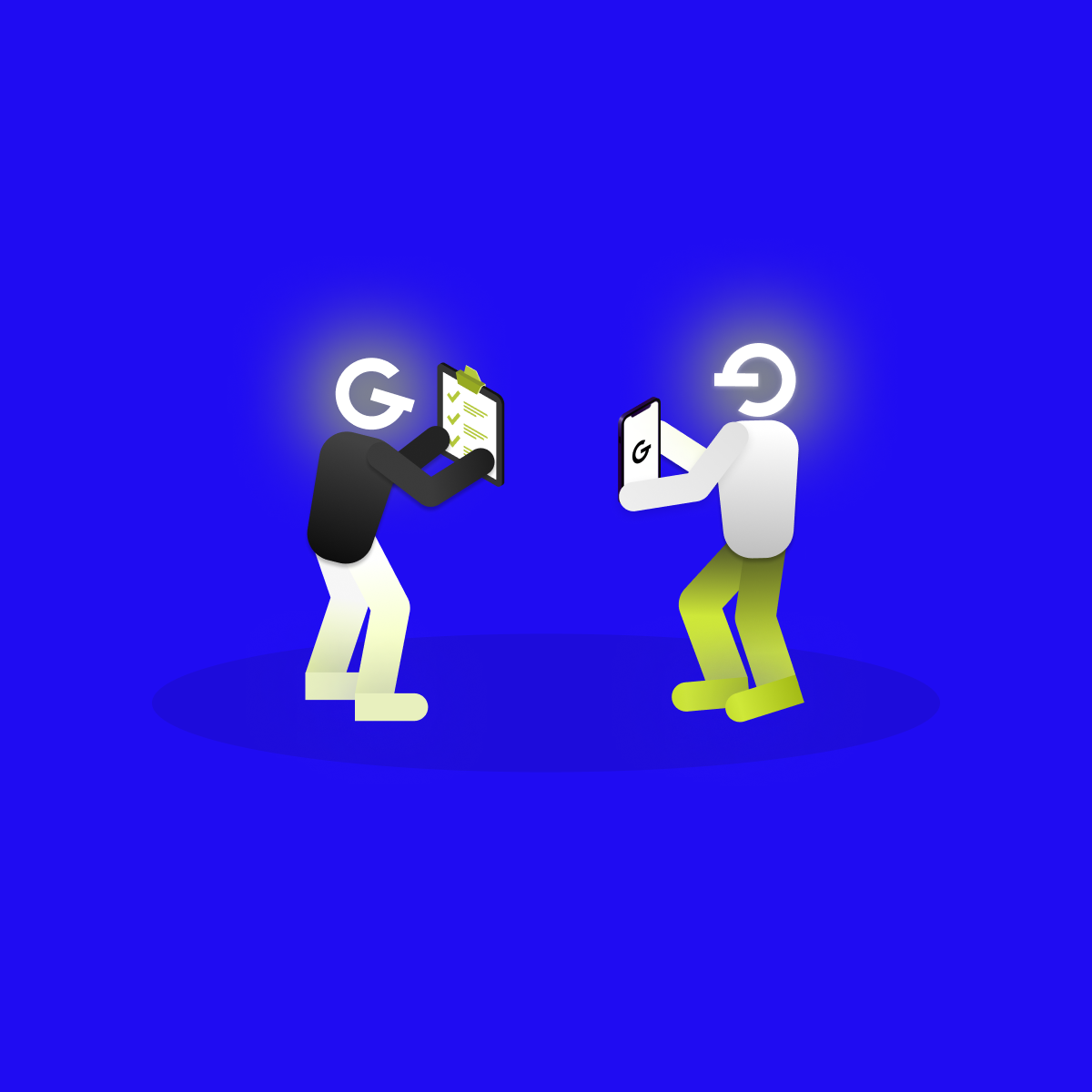
Practical guide to visual accessibility

Developing a meaningful product is not an easy thing to do. Usually, it is a long, exhausting way full of obstacles and problems we need to tackle. In this article, you can read about each phase in our design process, its importance, and its impact on a final product.


Double diamond is a design model whose purpose is to help creatives follow a process that guides them through the steps of going from concept to finished product.
The first diamond helps people understand, rather than simply assume, what the problem is
The second diamond encourages people to give different answers to the clearly defined problem, seeking inspiration from elsewhere and co-designing with a range of different users, clients or stakeholders.
We start every project with a kick-off meeting with the client. In the meeting, we talk about the depth of the project, the problem we need to approach, what needs to be done, the time we have and every small detail. Based on that, we are able to put together a tailored process that fully matches the client’s requirements and the project itself.
Different project - different cards to play with.
However, before we start working on the project, we have to consider numerous different aspects/questions.
If we answered all questions yes, we can start with research.
UX research is the essential part for the product to be a success. Its purpose is to discover and analyze users’ behavior, user' needs, and motivations to contribute to product strategy and design.
For us, we always start with desk research, reading a client debrief, use cases, reading about the company, etc.
Focusing on human-centered design, we work with users as much as possible during each phase. We interview them, observe them in their daily lives, or use different research activities to get more insights.
When working on an existing product, UX analysis is high-valued activity. UX analysis consists of:
The second phase in the design process is define. It is about the synthesis of your research findings from the first stage and coming with a great definition of the problem statement that will guide you and your team’s work and kick start the ideation process.
The main deliverables for this phase are user stories that describe user needs and wishes but you should not forget about the client and define the clients’ requirements, business requirements, system requirements, suitable design principles and many more.
What you cannot forget about is to define your target group and specify personas. Persona is a fictitious representation of the target group.
Instead of telling a story about the use case of your product, visualize a storyboard and customer journey map to describe pain points users come across.
The main goal of Ideation is idea generation - using creativity to come up with as many possible solutions as possible.
In order to find better, more elegant, and satisfying solutions we, at GR always involve users, different stakeholders and our co-workers from different departments in ideation activities. Co-creation with these people during workshops focused on converging ideas and diverging the best idea helps to identify the design direction and MVP - the minimum viable product needed for the first release of the product.
Information architecture
Many people ask us what is the best software for UI design, for us, it is Figma.
This phase parallelly runs with the previous phase. We user test each small iteration of a new feature during hi-fi prototyping but low-fi prototyping as well. We believe that the content personalization according to our target group is important, we do usability testing not only with users, but also with stakeholders or co-workers to make sure we found all pain points.
What is more, we have QA - Quality assurance as part of the company who is responsible to find (technical) problems that were not uncovered by usability testing.
One may assume that the only deliverable for a client is the product itself. That is not true. We put as much effort into deliverables as we put into any different phase of the design process.
The client will get detailed documentation about each phase, with a visual representation of results- insights, challenges, personas, etc.
What is more important, with a new project, we create a full design manual explaining brand identity, so the client can use the same visual identity for their presentation, posters, social media posts etc.
This set of methods, tools and exercises are not set in stone, it is an overview of methods we consider necessary to deliver a successful product. Our design process is very iterative, flexible and based on a close collaboration with users while working in a dynamic and agile environment.






